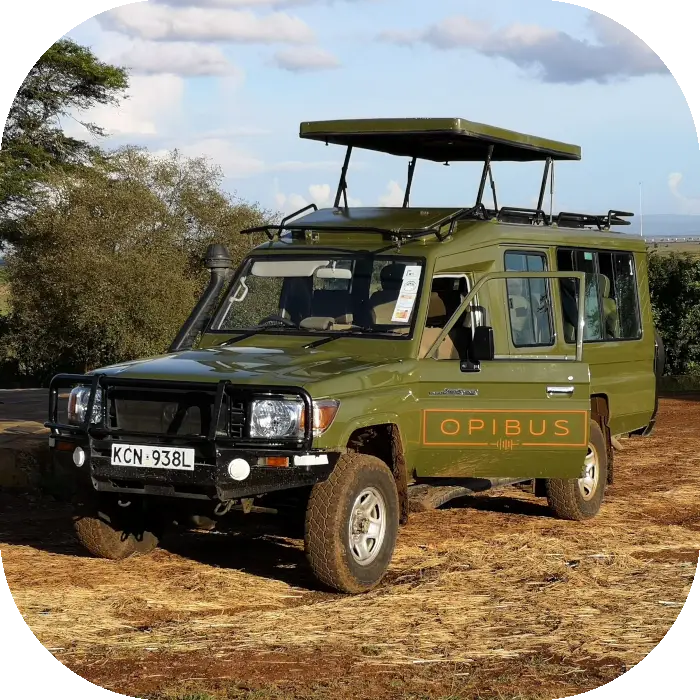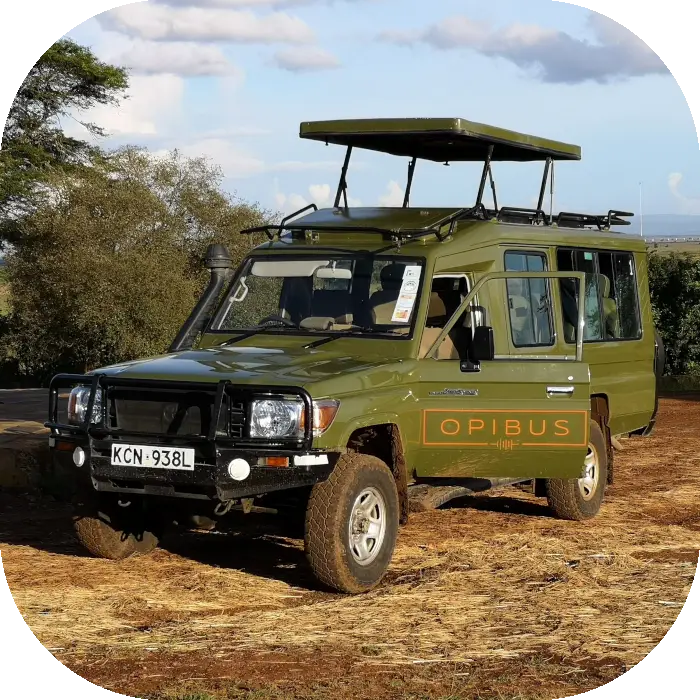Electric conversion in Kenya
In most African cities, informal operators are the backbone of the urban commuter network. In Kenya, the main transportation form is the Matatu which is 14 seater or the minibuses that can carry up to 35 people, and the Boda-boda (motorcycle).


In most African cities, informal operators are the backbone of the urban commuter network. In Kenya, the main transportation form is the Matatu which is 14 seater or the minibuses that can carry up to 35 people, and the Boda-boda (motorcycle). According to the Motorcycle Assemblers Association of Kenya, it estimates the minibus and bus fleet at just over 100,000 vehicles. There are about 600,000 commercial motorcycles in Kenya. The minibuses are famously known as Matatus. The Matatus came to begin operation in the 1970s. The transport sector emits huge chunk of pollution in Nairobi city, therefore, converting the transport system from ICE to electric will have a significant impact in reducing emission levels.
A Kenyan startup, Opibus, started plans to electrify old Matatus and Boda-Bodas. Based in Nairobi’s industrial area just off the famous Mombasa Road, Opibus began its conversation of minibuses and motorcycles in Q1 2020. The company has been working with the Nairobi City County Government, the Minibus Owners Association, and the National Transport and Safety Authority (NTSA) to get everything in place for the mass rollout. The company is currently offering battery packs built with prismatic Lithium Iron Phosphate cells in three battery pack sizes. These are the 30 kWh, 50 kWh, and 70 kWh packs with ranges of up to 140 km, 245 km, and 350 km (87, 152, and 217 miles) respectively depending on the weight of the vehicle, terrain, and driving style.
Opibus is converting safari vehicles for lodges in Kenya’s game parks and resorts. Converting game drive vehicles to electric makes a lot of sense. Several factors make this market ideal for conversions:
- Scheduled drives around national parks allowing for optimized, periodic EV charging sessions
- Well-defined routes and ranges of game drives
- Softer regulation governing vehicles for out of town, off-road, and rural use, allowing for immediate deployment of converted vehicles.
- Game lodges and resorts are often located in remote areas where it is usually expensive to get diesel and spare parts for servicing vehicles on site
- As a mature industry, there would be quite a high number of old safari vehicles with chassis and bodies still in good condition but needing a whole new drive train
- Higher vehicle utilization rates by fleet operators in the service industry lowering the total cost of ownership (TCOE). Higher annual mileage unlocks more savings from a diesel vs electricity spend. Opibus reckons for a 30,000 km | 18,641 miles annual cycle, and the payback for converting a Land Cruiser 79 series is about 4 years at a conversion cost of $37 000 when charging with solar.
- Unlocking more value for resort owners from existing or future assets such as solar microgrids for EV charging.
- Opportunity to appeal to a more climate-conscious tourist generation looking for greener holiday experiences
- Quieter rides allowing for closer interactions with animals.
The Opibus plans are in line with Kenya’s National Climate Change Action Plan (NCCAP 2018-2023). The NCCAP has identified operational inefficiencies in the transport sector, heavy traffic congestion, and high fuel consumption as significant contributors to high levels of GHG emissions. The main objective of NCCAP is to establish efficient, sustainable, world-class transport systems and logistics services that withstand the projected impacts of climate change. To switch to electromobility, NCCAP encourages the need to develop domestic technology for electric modes of transport. There is 70% of the mixed generation of renewable material such as geothermal and hydro making up most of Kenya’s electricity generation capacity. Kenya plans to increase renewable energy generation penetration to 100%. All these electric vehicles will be charging of a very clean grid.
Source: www//cleantechnica.com/2019/11/12/ev-conversions-go-mainstream-in-kenya/ By Remeredzai Joseph Kuhudzai




